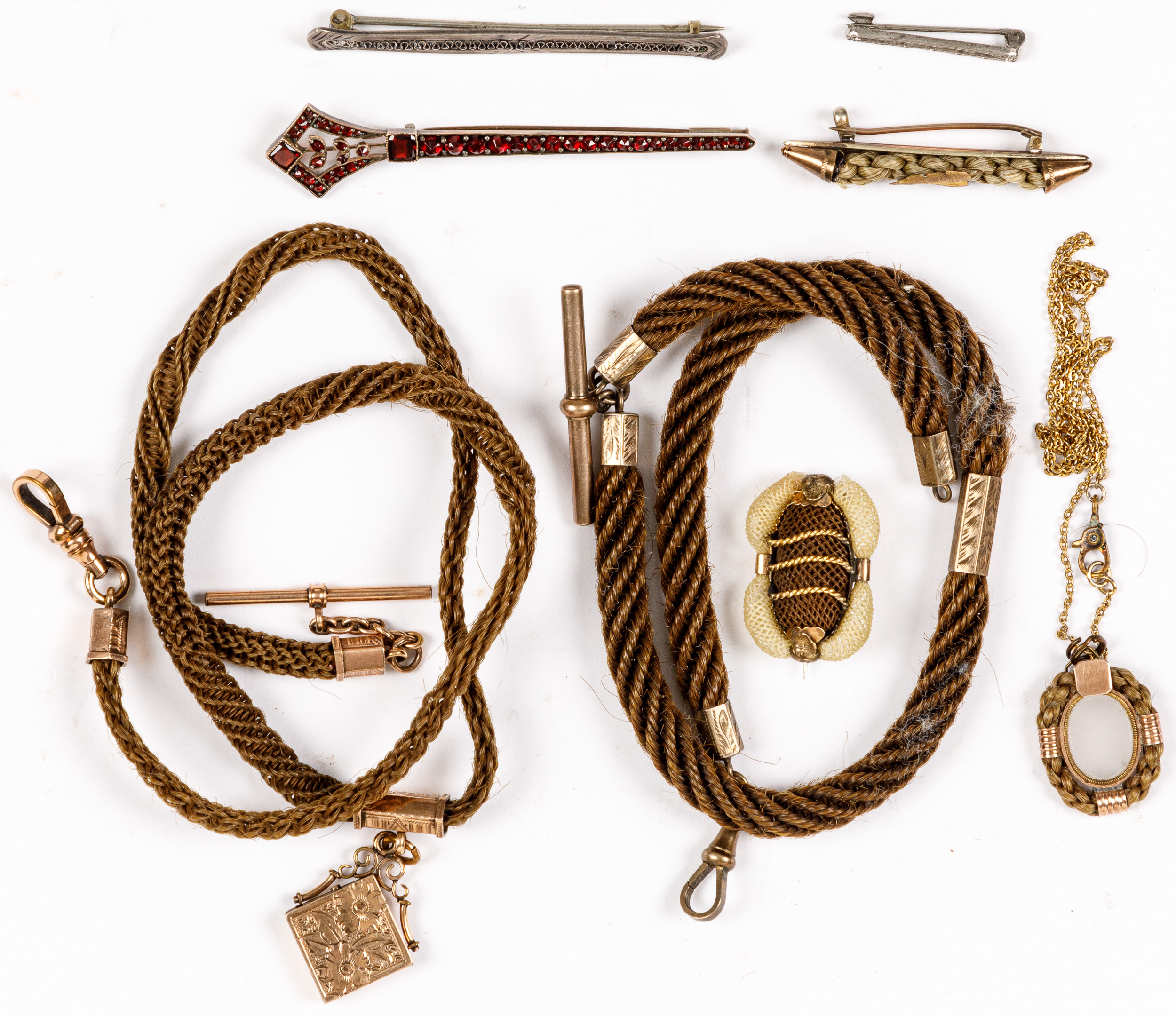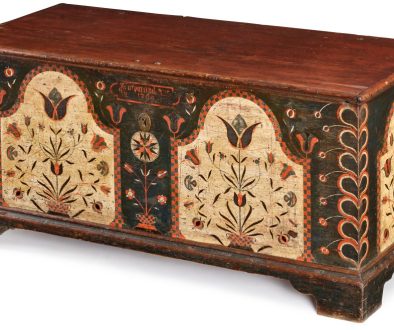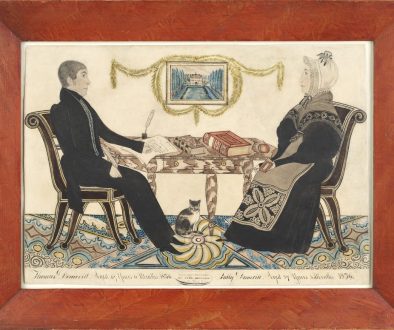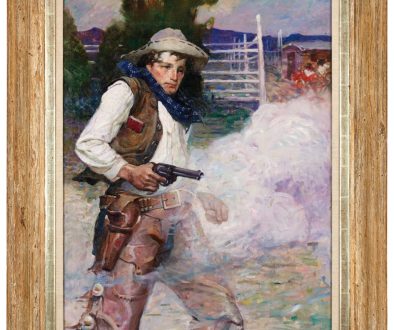Love is in the Hair
Some of the most intriguing lots of jewelry in Pook & Pook’s upcoming Coins & Jewelry auction include examples of Victorian hair jewelry (Lots 1959, 2525, and 2584). The practice of incorporating human hair to create intricately designed bracelets, brooches, lockets, and braided watch chains has its roots in the 17th and 18th centuries, when infant mortality rates were high. Alfred, the fourteenth child, and youngest son, of King George III and Queen Consort Charlotte succumbed to complications following a smallpox inoculation. After Alfred’s passing in 1782, Queen Charlotte sent the child’s governess a lock of his hair enclosed in a locket of pearls and amethyst expressing in a letter “Receive This … as an Acknowledgement for Your very affectionate attendance upon my dear little Angel Alfred, and wear the inclosed Hair, not only in remembrance of that dear Object, but also as a mark of esteem from Your Affectionate Queen.” This piece is now housed at The Royal Collection Trust.
Alongside elaborate mourning attire and post-mortem photography, these distinctive hair jewelry pieces peaked in popularity during the 1860s following Queen Victoria’s loss of her husband. After Prince Albert’s death in 1861, Victoria entered a period of mourning that lasted up until her passing in 1901. Along with wearing black while mourning, she also wore a locket containing Albert’s hair. This encouraged the act of mourning loved ones to become fashionable, not only in England but America as well.
The Civil War also played a significant role in driving this trend in the United States. Civil War soldiers would often leave a lock of their hair before going to war; women would hold on to their sweetheart’s hair as a way of keeping their loved one close while they were away. Sadly, this keepsake also served as a tangible memory of those soldiers who never made it home.
Hair keepsakes did not always corelate to death. Women would send their sweetheart a lock of hair and a photograph in valentines and postcards. Couples who got married would have braids created from strands of their hair, which would then be incorporated into a wedding band. Hair served not just as a medium for jewelry, but also for creating art and family trees. Hair serves as a lasting memento because it can endure for decades, or even centuries, thanks to its protein structure.
Eventually, the trend of making jewelry from hair declined in popularity for several reasons, including the onset of World War I, the advent of funeral homes, and the rise of the Women’s Rights movement that introduced the “bob” hairstyle. There are still echoes of this long-lost art in our modern world; you might take your child for their first haircut and ask the stylist to save a lock of hair as a token of the occasion. One-of-a-kind hair jewelry pieces such as those in our upcoming sale are an ode to a person’s essence. Each piece declares: “I Loved…”. How special it is to be able to own such a rich piece of someone’s personal history.
By Erika Lombardo
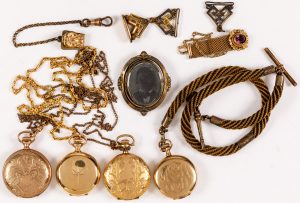
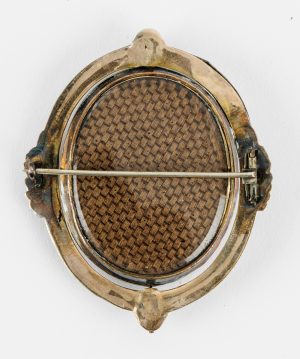
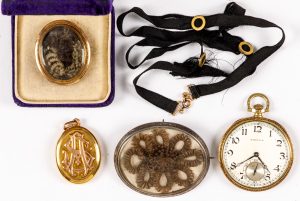
Bibliography:
- com: The Ugly History of Beautiful things: Lockets.
- Wikipedia
- Kentucky Historical Society – Artworks with Human Hair: Victorian Pastimes and Mourning Customs.
- com: The Curious Victorian Tradition of Making Art from Human Hair
- Rosenberg Library Museum : Victorian Hair Jewelry
- The Order of the Good Death: They’re Not Morbid, They’re About Love: The Hair Relics of the Midwest
- com: Hair Jewelry

